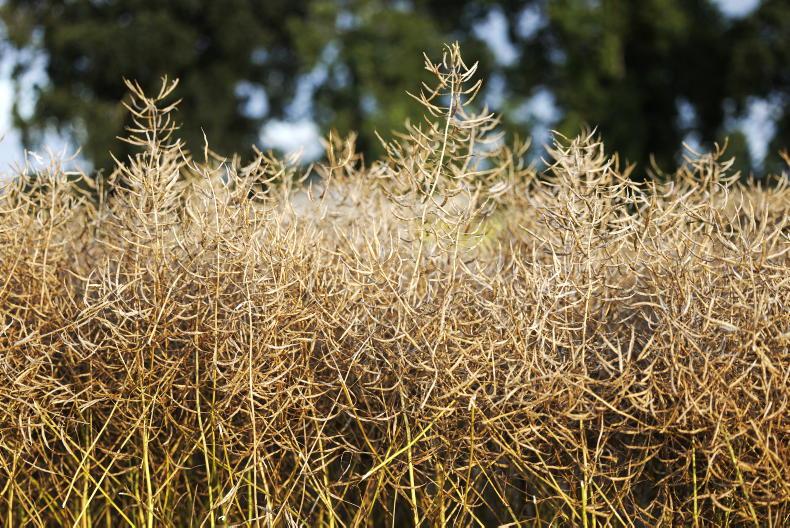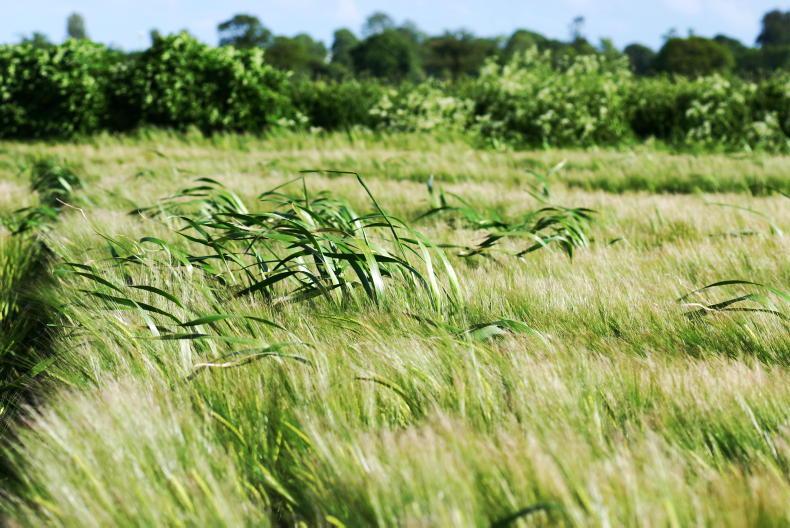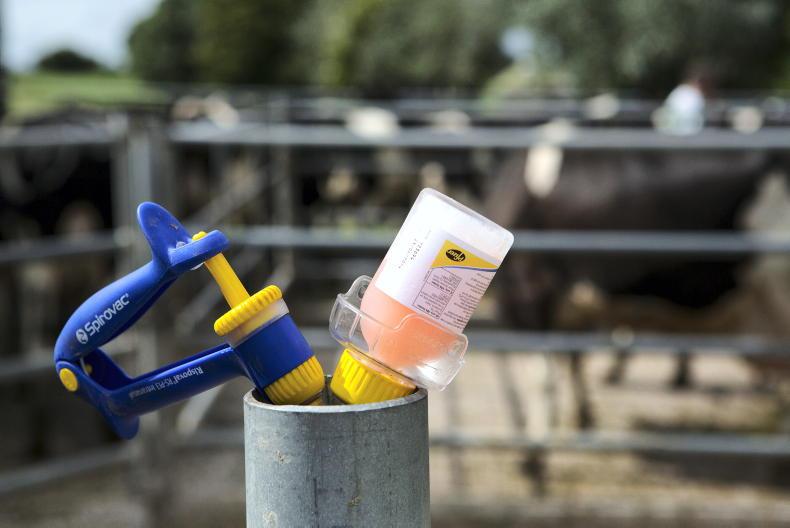Drought is biting: Drought continues to be a problem in parts of the country but perhaps its consequences may be reduced by the recent low air temperatures which slowed growth. Irrigation is taking place on high-value crops where there is a quality and quantity payback.
Putting water on cereals is difficult. If you apply water you need to apply enough to keep the soil sufficiently moist until you can get back again or get rain. This would require about an inch (25mm) of water which is 100t or 22,622 gallons/ac or 254,117 l/ha.
That’s a lot of water and a lot of tanker fills. Water can really only be applied to spring cereals now and those with rain gun systems are using them on high-value crops like potatoes and horticulture.
And then there is the issue of where you get sufficient water to do the job.
Winter crops: Many winter barley crops have quickly moved to show awns across full fields, and are now at awns/ears emerging stage and ready for final fungicide. Other crops are still a little bit away from this stage, but it is important to have final fungicides applied early rather than late, especially the contact component to help prevent ramularia. And with big temperature swings recently, right through to frost, and drought prevailing in many areas, there is no shortage of stress factors to drive ramularia.
Fungicide options for the final spray on winter barley include Ceriax, Elatus Era, Fandango, Macfare Xpro, Mandarin Xpro, Opera, Variano Xpro and Siltra Xpro, plus mixtures containing prothioconazole, plus an SDHI or strobilurin. All sprays should also contain a contact active such as chlorothalonil or folpet. The use of chlorothalonil is prohibited after 20 May so ensure than all stocks are used up.
While late wheat crops are barely at third last leaf emerged, more forward crops are at flag leaf emerging and once these are fully unfolded it is time for the main T2 fungicide. While there are many product options, Lentyma and Revysol XL, plus a triazole and contact active, stand out for varieties that are more septoria prone and all varieties in high septoria pressure regions. Elatus Era might better suit crops where yellow rust remains problematic.
Consider any final N on winter wheat (40-60kg N/ha) in the coming weeks, once flag leaves are emerged, and apply ahead of rain.
Spring crops: Many crops are now at mid to late tillering stage and time for first fungicide. Most crops are clean but there are spots of rhyncho and net blotch about so you cannot discount disease risk. There may also be additional risk of mildew in the south where there was a lot more rain and vigorous growth in crops. Watch for trace element deficiencies everywhere, especially where there is dryness pressure.
First fungicide options include Bontima, Boogie Xpro, Cebara, Ceriax , Coyote, Diamant, Elatus Era, Mandarin, Priaxor, Siltra, Variano, Velogy, Zephyr, or perhaps just prothioconazole plus Bravo.










SHARING OPTIONS